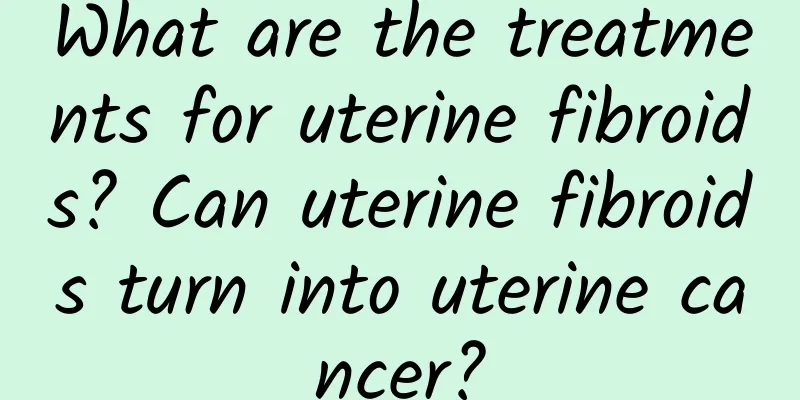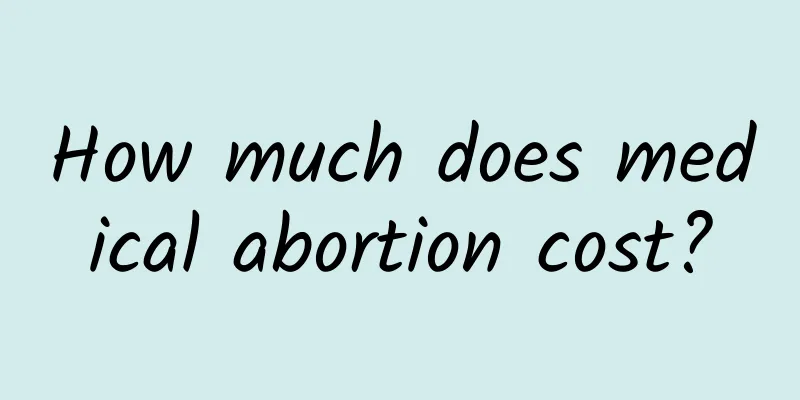Intrauterine adhesions---a disease that causes heartache for many women of childbearing age

|
Intrauterine adhesions (IUA) refer to the mutual adhesions of the uterine wall caused by endometrial damage due to various reasons. The clinical manifestations include symptoms such as decreased menstruation or amenorrhea, abdominal pain and infertility, especially infertility, which brings great pain to patients. More than 90% of intrauterine adhesions are caused by curettage. In recent years, the incidence of IUA has increased due to the increase in the rates of artificial abortion and medical abortion. In the past 20 years, with the continuous development of hysteroscopic technology, the diagnosis and treatment of intrauterine adhesions have made a qualitative breakthrough. Transcervical resection of adhesion (TCRA) has become the standard procedure for the treatment of intrauterine adhesions. A successful operation can restore normal menstruation in patients and improve pregnancy outcomes. The prevention and treatment of re-adhesion after separation of moderate to severe intrauterine adhesions has always been a difficult problem that has plagued clinical practice. The traditional prevention and treatment methods currently used at home and abroad are not effective, resulting in a high incidence of re-adhesion after separation of moderate to severe intrauterine adhesions of 48% to 62%. Many patients need to undergo another operation, and even 3-4 intrauterine adhesion separations have not achieved the desired effect, causing great mental pain and economic burden to patients. It is urgent to seek a more effective and reasonable method to prevent re-adhesion after separation of moderate to severe intrauterine adhesions. The prevention and treatment of re-adhesion after separation of moderate to severe intrauterine adhesions has always been a difficult problem that has plagued clinical practice. The traditional prevention and treatment methods currently used at home and abroad are not effective, resulting in a high incidence of re-adhesion after separation of moderate to severe intrauterine adhesions of 48% to 62%. Many patients need to undergo another operation, and even 3-4 intrauterine adhesion separations have not achieved the desired effect, causing great mental pain and economic burden to patients. It is urgent to seek a more effective and reasonable method to prevent re-adhesion after separation of moderate to severe intrauterine adhesions. After summarizing the diagnosis and treatment of a large number of patients with intrauterine adhesions, we found a reasonable and effective method to prevent re-adhesion after intrauterine adhesion separation surgery. After more than one year of clinical application, the cure rate of moderate to severe intrauterine adhesions has been greatly improved, and many infertile patients have lovely babies. Although the treatment of moderate to severe intrauterine adhesions is somewhat difficult, it is not difficult to cure as long as the treatment is scientific and reasonable. We hope that patients will not have too much mental burden. |
<<: How to deal with heavy menstrual bleeding
Recommend
Treatment methods for different stages of adnexitis
Adnexitis refers to inflammation of the fallopian...
What are the symptoms of endometrial tuberculosis?
For women of childbearing age, endometrial tuberc...
Is endometrial tuberculosis curable?
Because the harm caused by endometrial tuberculos...
What Chinese medicine can I take during menstruation for uterine fibroids? Can I take Chinese medicine to treat uterine fibroids during menstruation?
What Chinese medicine can I take during menstruat...
Is chronic cervicitis serious?
Chronic cervicitis is generally not serious. Chro...
Will a threatened miscarriage go away on its own?
Threatened abortion refers to a small amount of v...
What are the main symptoms of chronic cervicitis
Many female friends suffer from cervicitis, which...
What are the symptoms of mucous ovarian cysts and how to take care of them
What are the symptoms of mucinous ovarian cysts? ...
Detailed analysis of the causes of pelvic inflammatory disease
In recent years, with the continuous increase in ...
Clinical manifestations of patients with lichen sclerosus vulvar leukoplakia
Vulvar leukoplakia, also known as chronic vulvar ...
Australian study: Too much carbonated drinks may lead to asthma
Refreshing and powerful carbonated drinks are the...
Beware of abnormal vaginal discharge in early pregnancy
Abnormal vaginal discharge in early pregnancy may...
What is pelvic inflammatory disease?
Pelvic inflammatory disease is a common gynecolog...
What should I eat to recover from uterine fibroids? What should I eat to nourish my body during the recovery period of uterine fibroids?
What should I eat to recover from uterine fibroid...
Can I massage my soles during menstruation? Is it harmful to massage my soles during menstruation?
The most annoying thing for women every month is ...









